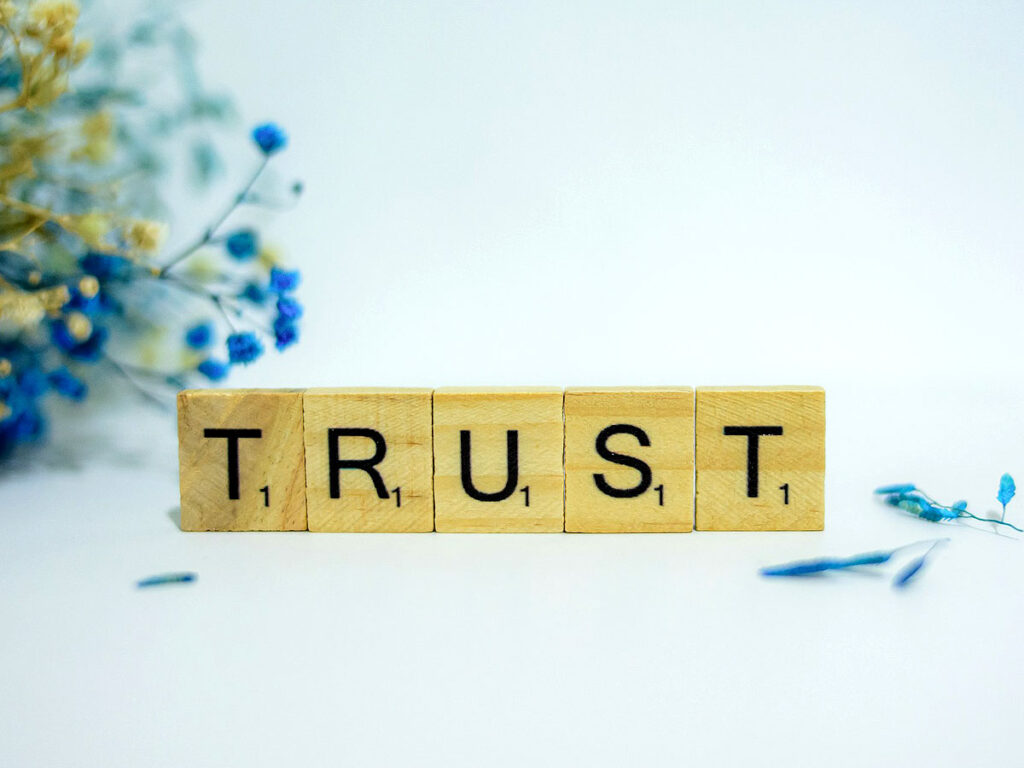Build real employee engagement with these five simple pillars.

Employee engagement is critical for business success, and engagement is grounded in trust. Not surprisingly, the 2023 Edelman Trust Barometer reported that very few people would help, work with, or live near someone they do not trust. Simon Sinek has noted that most companies would rather hire people they trust over the skill set they possess.
While this may seem like common sense, business leaders face ongoing challenges in establishing trust with employees. PwC’s 27th Annual Global CEO Survey urges CEOs to foster a culture of trust, where employees feel safe to engage in the workplace. But the question remains: How do you create that culture? Leaders may think they’re doing everything possible, only to find themselves surprised to have an employee put in their two-week notice.
Paul J. Zak developed a framework for building trust in the workplace that centers on the production of oxytocin—a neurotransmitter that enhances feelings of trust, empathy, and connection. Through decades of research, Zak confirms that oxytocin levels correlate with trust. How we feel most certainly impacts how we react to and engage with certain people. Other neuroscience studies suggest that trust is influenced by several brain regions and that external social influences impact what we value in each situation. Even still, other neurotransmitters, such as dopamine in the prefrontal cortex and serotonin, also play key roles in motivational-related behaviors.
The important takeaway is that there’s no one-size-fits-all approach to nurturing and restoring trust. Our individual experiences, influences, and even the unique chemicals flowing through our cells and our brains form our perspectives, making us each unique. One thing is certain: Trust cannot be bought. Rather, it’s the authentic moments that elicit emotional resonance that will last well beyond any rewards or financial incentives.
Our team recently returned from a week-long celebration trip to Costa Rica. When I asked several of our employees why they trust certain people, no one mentioned the trip to Costa Rica as a key factor. So, was the investment worth it? Absolutely. It wasn’t the trip itself but rather five intangibles woven into the experience that nurtured a culture of trust—elements any organization can cultivate.
5 pillars for building trust
- Transparency: Clear and honest communication builds trust. Sharing information openly is essential so your team can understand decision-making processes and motivations. People often assume they know what others are thinking or why they act a certain way, but, often, these assumptions are far from the truth. A lack of communication weakens transparency. Stress can also weaken this pillar by triggering the release of cortisol and inhibiting the release of oxytocin.
- Vulnerability: Authenticity bridges gaps between leaders and teams. No one is perfect, and while you’re not obligated to overshare, sharing mistakes and challenges shows that everyone is human. Spending time together, such as on a trip, helps break through pretenses, fosters connection, and even facilitates the release of endorphins— neurotransmitters shown to increase satisfaction and boost happiness. When teams break down barriers and are concerned about each other, performance and trust tend to improve.
- Integrity and consistency: Reliability reinforces trust. If you say you’ll do something, follow through. In animal training, if a dog expects a treat and receives it, trust is reinforced; if the treat is withheld, the dog may not perform next time. Similarly, trust can be broken when a person does not stand by their word. When you present yourself in one way but say or do something different, it leads to frustration, anxiety, and other stress-related behaviors, triggering the release of cortisol and further eroding trust.
- Alignment: Shared values and goals create comfort and connection. Conversely, it can be harder to trust those who don’t align in these areas. For example, some are more people-focused, prioritizing meaningful connection, while others are outcome-focused, driven to achieve specific project goals. This misalignment can create confusion about intentions and can fire up distrust. While these are unintended consequences of misalignment, understanding what drives people is key. Even if you don’t align personally, you can productively work together and build trust professionally.
- Reciprocity: Trust grows when both people are giving and receiving. Everyone wants people on “their side.” When a team member doesn’t feel appreciated or understood, it can create distrust. Showing up, even when time is pressing, is critical to nurturing trust. Being dependable, loyal, present, and listening all contribute to a sense of reciprocity and trust. This is built through a mutual ebb and flow in the relationship. If you’re not showing up for your team, there may be a gap in trust.
Our Costa Rica trip didn’t create trust; it revealed connections we had already cultivated through shared experiences, transparency, vulnerability, and alignment. By infusing these pillars into your employees’ lives, you can create a culture of engagement that lasts far beyond a single perk or incentive.
Article originally published on March 21, 2025 on Inc.com.
